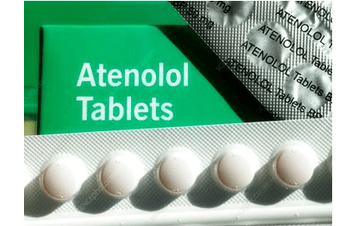IN VITRO-IN VIVO BIO-EQUIVALENCE CORRELATION STUDY OF ATENOLOL, AND ITS BRANDS OF IMMEDIATE RELEASE TABLET UNDER BIO-WAIVER CONDITIONS
Keywords:
Bioavailability, bioequivalence, biopharmaceutical classification system, Bio-waiver correlationAbstract
Objective: The aim of present study is to examine the in vitro-in vivo correlation (IVIVC) of immediate release product. Atenolol 100mg and its brands of immediate release dosage forms. Atenolol is clearly classified into BCS class III, and could be evaluated under bio waiver conditions.
Methods: The in vitro parameters employed were hardness, weight uniformity, friability, disintegration time, absolute drug content, dissolution rate (in 0.1 N Hydrochloric acid, phosphate buffer and acetate buffer at 37ºC), and dissolution efficiencies were also analyzed. The in-vitro dissolution study was performed on the brands, according to FDA, USP dissolution profile in three different PH (1.2), (4.5), and (6.8) at 37ºC, using the USP apparatus II. A non linear relation was established which is typical for immediate release formulation, of class III.
Results: All Atenolol brands released about 90% drug in PH (6.8), where about 87% in PH (4.5), reference drug released about 91% and test drug released about 87% in pH (1.2). Dissolution efficiency of the entire brands differed by less than 10% from the innovator brand. According to MINITAM 14 statistical program, there was significant relationship between in vitro and in vivo data of reference Atenolol product.
Conclusion: By applying level A in vitro-in vivo correlation, study concluded that there is no linear correlation between percent of drug released and percent of drug absorbed, this may be due to uncontrollable permeability rate for class three Atenolol.

Peer Review History:
Received 5 October 2019; Revised 7 November; Accepted 28 December; Available online 15 January 2020
Academic Editor: Dr. Amany Mohamed Alboghdadly , Princess Nourah bint abdulrahman university, Riyadh, amalbgadley@pnu.edu.sa
, Princess Nourah bint abdulrahman university, Riyadh, amalbgadley@pnu.edu.sa
Reviewer(s) detail:
Dr. Hayriye Eda Şatana Kara , Gazi University, Turkey, eda@gazi.edu.tr
, Gazi University, Turkey, eda@gazi.edu.tr
Dr. Nicola Micale , University of Messina, Italy, nmicale@unime.it
, University of Messina, Italy, nmicale@unime.it
Downloads

Published
How to Cite
Issue
Section

This work is licensed under a Creative Commons Attribution-NonCommercial 4.0 International License.









 .
.